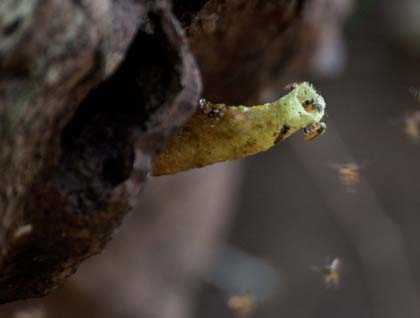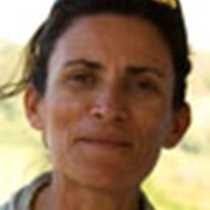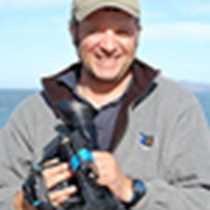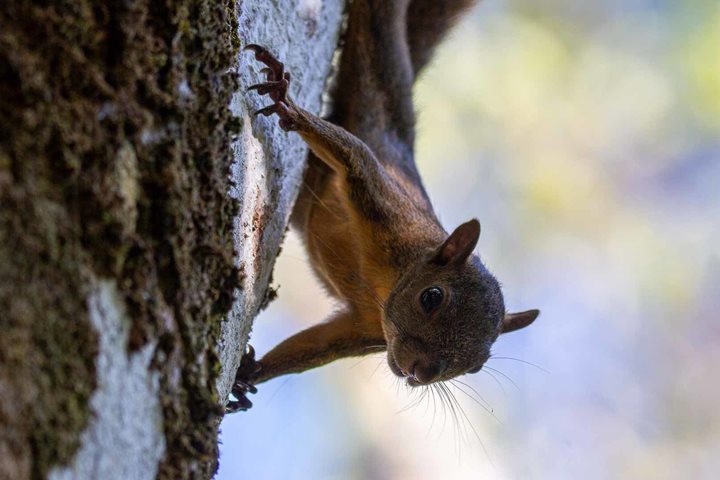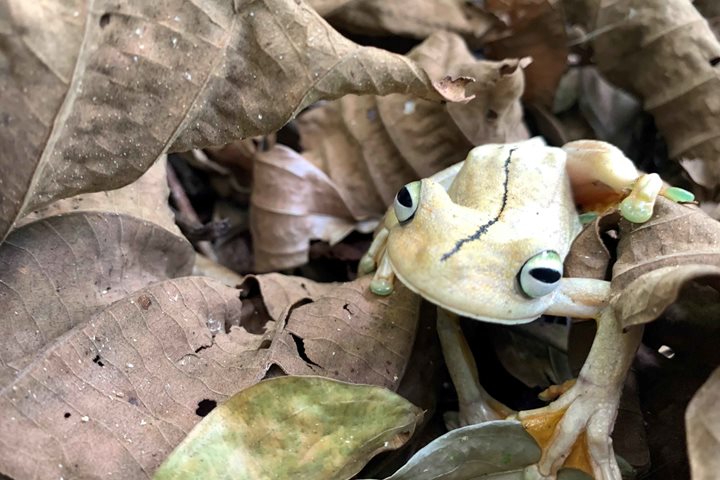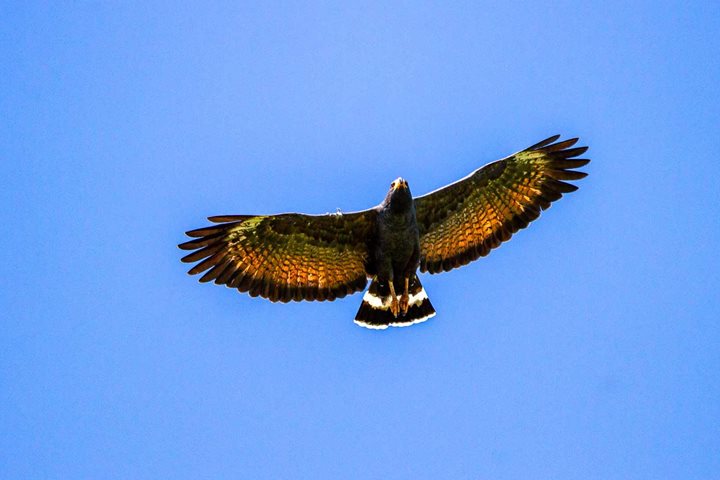Today is our last day on board National Geographic Sea Lion, and it’s quite a special one. This morning we will follow on the steps of some of the most well-known scientists and researchers of the Neotropics: Alexander, Carpenter, Lathrop, Chapman, Skutch, Zetek, and Eisenman, among many others. All of these names, which may not mean much to many, are the people who provided much of the ground\work in systematics and natural history for the ecological and behavioral research of the new world tropics. Nowadays Barro Colorado Island, also called BCI, is a mecca for scientists all around the world. Some come for a quick project, but many have stayed and done research and collected data on geology, ecology, and behavior, as is the case of Dr. Anthony Coates, Dr. Egbert Leigh, and Dr. Katie Milton, for over 30 years.
Early in the morning, right after breakfast and before we ventured into our day’s activities, we had quite a special visit from Dr. Egbert Leigh. He has been a head researcher on the island for over 35 years, has written many articles and books on tropical ecology to try to explain how the forest works. He, who looks and acts exactly how we would expect an eccentric scientist to act, gave us an introduction on BCI. What is going on in the research world? What is going on with the plants and bugs in the island, and who is doing what study at this point? With high expectations we went onto our morning’s activity. Some of us decided to go on the well-known trails of the island, while others decided to take a more relaxed road, an expedition landing craft cruise.
On land we were divided in two groups for the longer loop trail. Lead by the expert BCI guides, we ventured onto the Donato and Fausto trails in our last opportunity to explore the tropical rainforest. On the water, we explored the rainforest in a different way, but still could appreciate the wonderful giant emergent cuipo, wild cashew, and beer-belly trees. As we walked or cruised, we found army ants and leaf cutter ants, howler monkeys and red-tailed squirrels, keel-billed toucans and great tinamous, stingless bees and scarab beetles, crocodiles and river turtles, spider monkeys and bats, Dipterix spp. and Ceiba spp. trees. All of us came back with different stories and as we got on board, we took the last glance at the most researched station in the New World Tropics.
After lunch, a well-deserved one, we waited for the third pilot of the canal to come on board and lead us to the last set of locks onto the Caribbean coast. Gatun Locks lead us into the sea and, in a very special way, had us say good bye to National Geographic Sea Lion, our home away from home for the past week. With a lot of memories and a lot of stories to tell, we prepare to fly home with a smile on our face.

